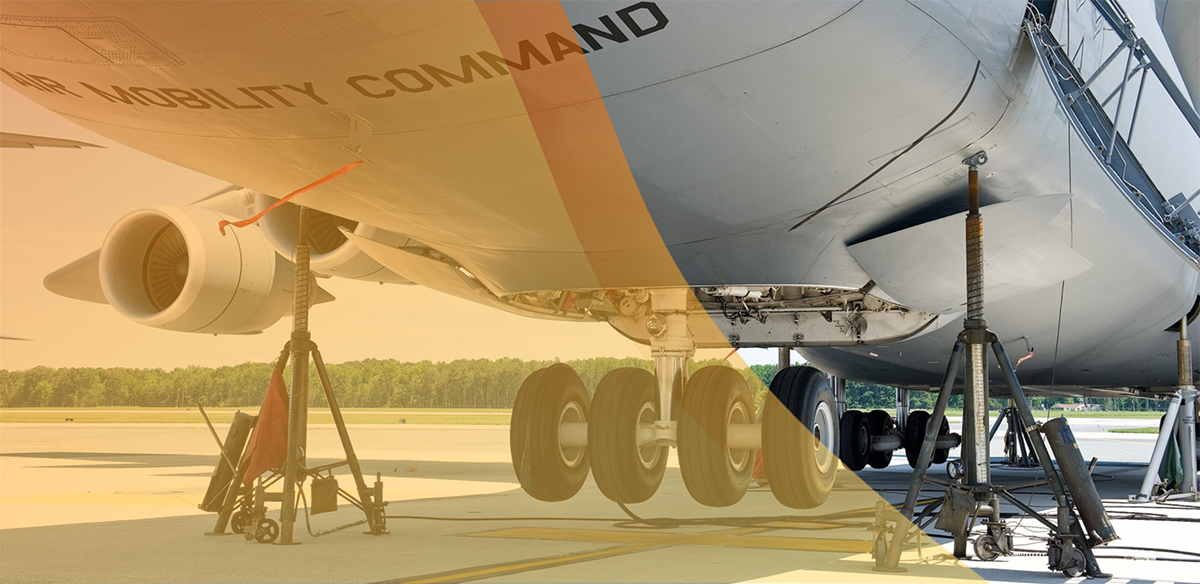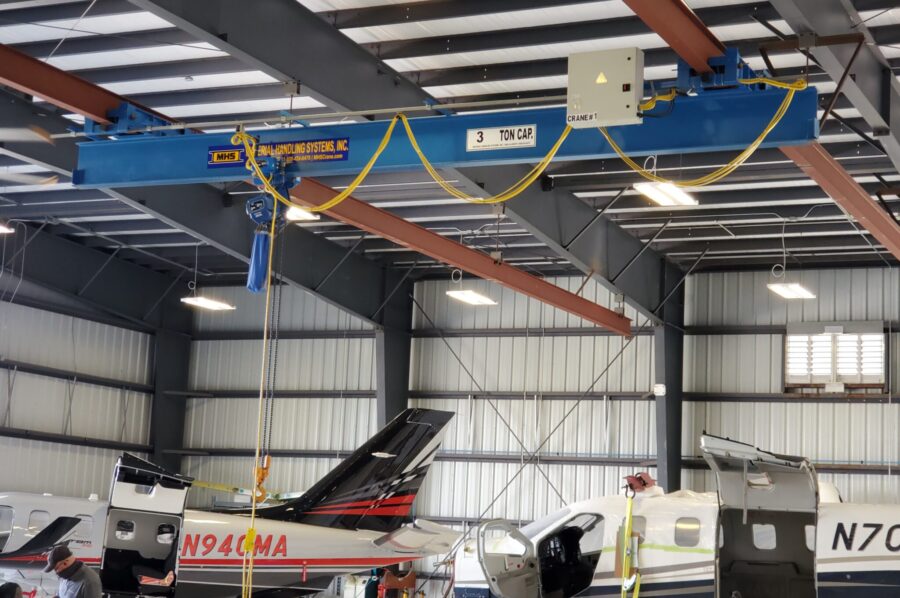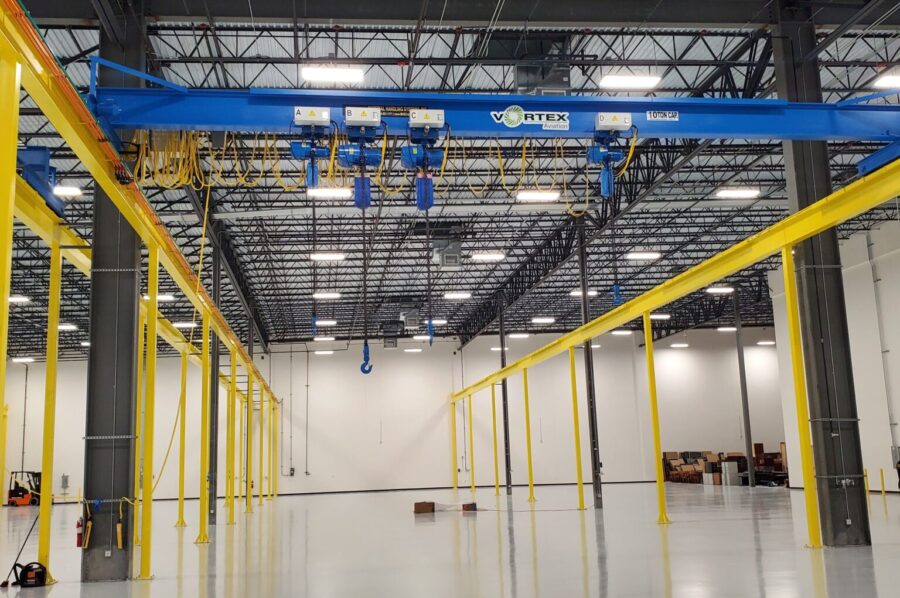Handling systems in the aviation industry are highly customized to fulfill specific production needs. Speed and reliability are ensured through specialized modifications to equipment systems.
Industry Customers
Daher Aircraft
Daher needed a customized overhead crane to aid in placing jet engines in fuselages, lift entire airframes off the ground and to test landing gear. We designed, manufactured and installed a 3 ton overhead traveling crane with an electric chain hoist.
Vortex Aviation
Vortex Aviation Inc required turnkey system to optimize their workflows without compromising the safety of their staff. Our engineers designed, manufactured and installed a two 10Tcrane system with four 5T electric chain hoists and two 2T electric chain hoists, along with warning motion-activated strobe lights and optical collision sensors.
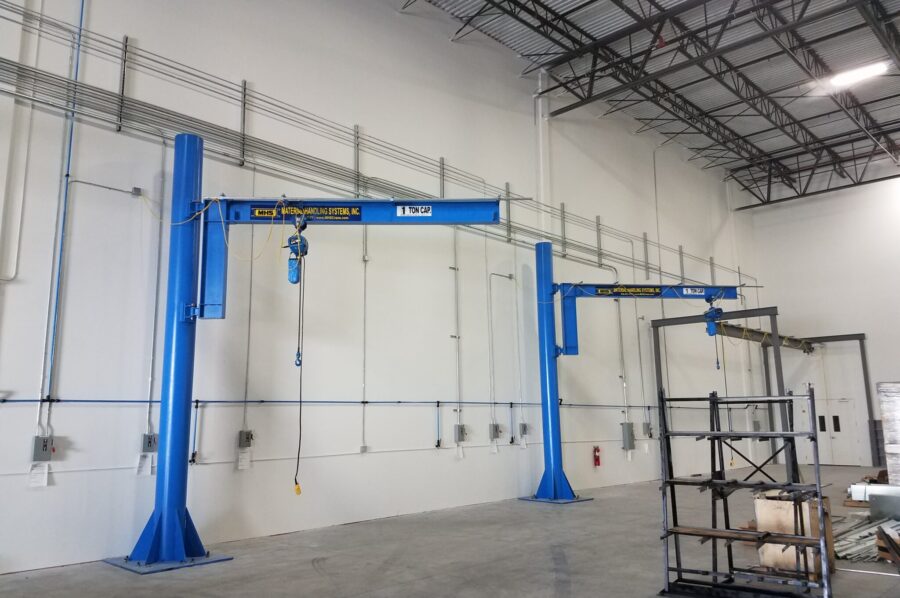
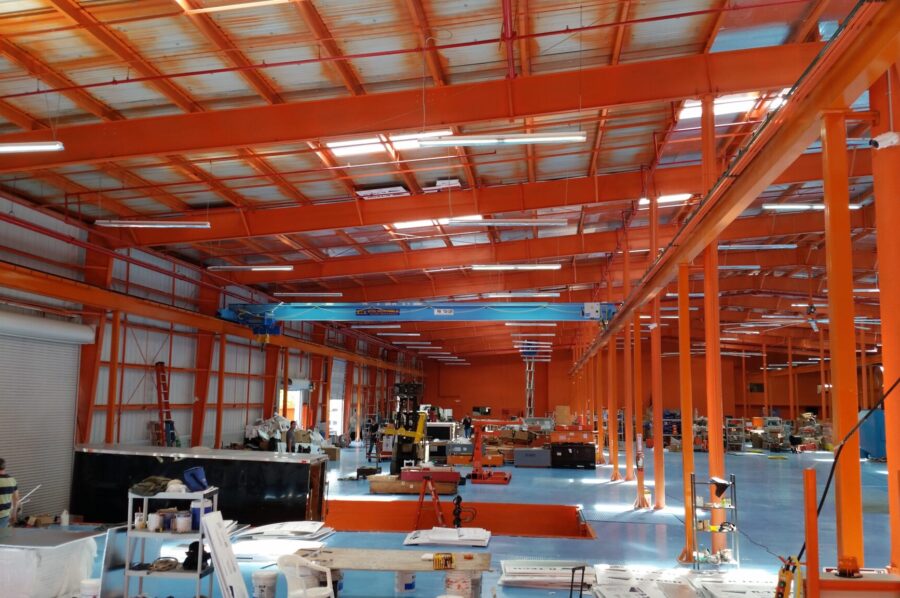
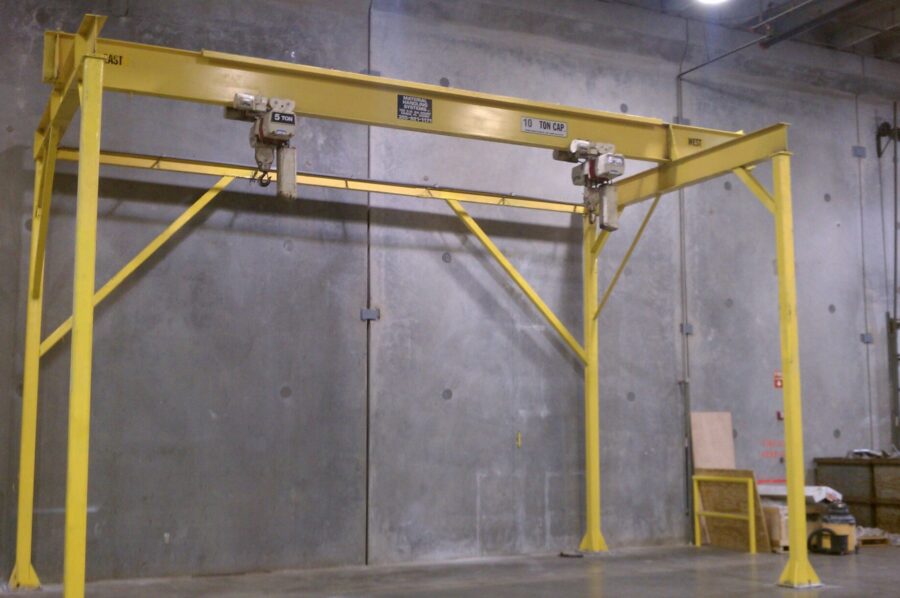
Daher Aircraft
Dedienne Aerospace
GA Telesis
Benefits of Incorporating
Material Handling Equipment
into Aviation Operations

